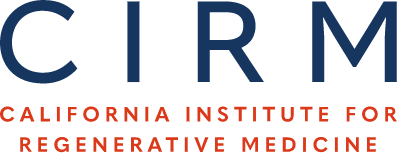Many cancers in both children and adults are frequently treated with chemotherapy agents that cause permanent hearing loss. There are currently no FDA-approved protective drugs available to ameliorate this significant side effect. The lack of a large-scale in vitro model for the study of mammalian hair cells has posed a major barrier in conducting high-throughput screens for drugs able to protect against hearing loss associated with cisplatin chemotherapy. In this project, we have developed a scalable platform for rapidly generating inner ear sensory hair cells in vitro from human iPSCs, using a direct lineage reprogramming strategy. Using RNAseq and bioinformatics approach we show that these reprogrammed human hair cell-like cells (human iHCs) are enriched in genes specific to primary hair cells, indicating successful activation of the hair cell transcriptional program in the reprogrammed cells. We have further shown that human iHCs are largely predictive of outcomes on primary hair cells in response to cisplatin-induced ototoxicity, and that they can predict the efficacy of selected otoprotectants reported in the literature to be modestly protective of primary hair cells against cisplatin toxicity. This advance enables large-scale screening of many large drug libraries available, both through NIH and commercially, and has the potential to rapidly drive pre-clinical drug discovery for cisplatin otoprotection. Moreover, our assay can be adapted to enable broad and routine screening of new drugs for ototoxicity before they progress to FDA testing phases, thereby cutting down on the high cost and extended time associated with drug development. While this project focused on cisplatin ototoxicity and otoprotection as a proof-of-principle, the screen that we have developed can be used to address other goals, such as the discovery of agents that can induce hair cell regeneration.

Subscribe to Receive CIRM News
Get the latest CIRM news, information on upcoming meetings, and funding opportunities delivered to your inbox.
- ©2025 California Institute for Regenerative Medicine


